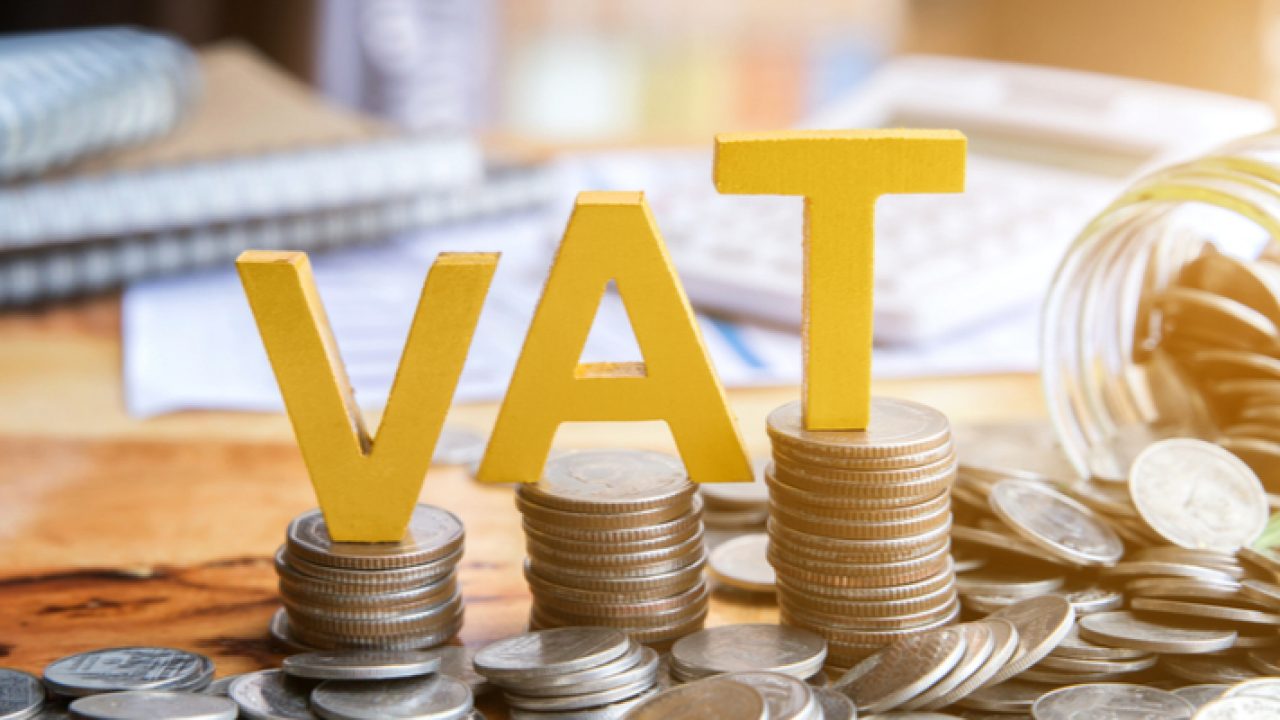On top of Brexit, several changes to the UK VAT were introduced on January 1st, 2021, shaping the whole dropshipping business in Europe. With nearly four months passing by, a lot of dropshippers have been hit by the changes, including those from eBay and Amazon.
New VAT e-commerce rules will be introduced in the EU on July 1st, 2021. Thus, from July 1st, 2021, all commercial goods imported into the EU from a third country or third territory will be subject to VAT irrespective of their value. As a result, all goods imported to the EU will be subject to VAT.
This surely results in huge panic among others. Many dropshippers are concerned about whether their business will be affected by it and how to cope with it appropriately. Here we will analyze major VAT changes and solutions.
Major Changes:
1. Removing of Exemption for the Importation of Goods
The Exemption for the Importation of Goods currently means that goods valued at £22 or less are not subject to EU import VAT. Removing it means that for goods sold at any price, sellers or their postal service will have to declare and pay VAT according to IOSS. Furthermore, VAT payment applies only to purchases made by a buyer within the EU and for goods valued at less than EUR 150.
2. Import VAT Scheme
An import scheme will be created covering distance sales of goods imported from third territories or third countries to customers in the EU up to a value of EUR 150. When dropshipping from outside the EU into the EU, VAT will be due at the Point of Sale (POS) rather on import into the EU. In other words, if you sell via your online store, such as Shopify, the POS will be your store payment gateway (Stripe, PayPal, etc). This means you will need to start collecting VAT when you make sales through your online store.
Also, the Union scheme for intra-EU supplies of TBE services will be extended to all types of B2C services as well as to intra-EU distance sales of goods and certain domestic supplies facilitated by electronic interfaces.

START & SCALE YOUR BUSINESS WITH CJDROPSHIPPING
How VAT is Calculated for Dropshippers Now:
1. EU Suppliers to EU customers
EU VAT Position
· Before June 30th, 2021: complicated and the position will depend on various factors. This could involve registration in multiple jurisdictions.
· From July 1st, 2021: less complicated as you will be able to file OSS returns, so should only require one EU VAT registration.
2. Outside EU Suppliers to EU Customers
EU VAT Position
· Until June 30th, 2021: VAT is due on import by the importer on record. The business does not need to register for EU VAT.
· From July 1st, 2021: similar to new UK VAT rules, EU VAT must be collected at POS at the rate local to the customer. You will need to register in at least one EU state and you will need to submit a non-union OSS return.

Impacts:
1. Registration for VAT
From July 1st, 2021, IOSS will announce that the Exemption for the Importation of Goods will be abolished and all imported goods will be liable for domestic VAT rather than Import VAT – therefore moving the point at which VAT is collected from the point of importation to the point of sale. The point of sale will be the online store or the online marketplace (OMP).
That is to say, if you own an online store, such as Shopify, Wix, or Squarespace, and you sell goods that are imported straight to consumers inside the UK, then you will need to start accounting for EU VAT on each sale. It will no longer be possible for the delivery agent to collect the Import VAT from the consumer.
2. Profit margin
Since you need to account for VAT at POS and you cannot add VAT at checkout, you will need to include the VAT within your listed selling price. This will have a huge impact on dropshippers as it means that to maintain the profit margins you need to increase your prices by 20%. Realistically most people cannot increase their prices by 20% without negatively affecting their conversion rate, so you will need to absorb the cost.
What You Can Do to Tackle with the EU VAT Policy Changes:
1. Selling via An Independent Online Store:
If you are running dropshipping on your online store, and sell goods imported to customers inside the EU, then you need to account for EU VAT on each sale. We suggest that you register EU VAT and pay the duty tax.
Your customers can only see the selling price, this means that you can smartly adjust the price to make up for the tax. But you have to raise the price wisely, or you will lose them.
For those CJ users who are selling products imported from China straight to the EU Customers without a third party, you don’t have to worry about how to pay for the VAT. The shipping carrier will inform CJ when the packages enter the EU for customs clearance, and CJ will inform you of the payment for the VAT required.
2. Selling on An Online Marketplace
If you are doing dropshipping on an online marketplace, like Amazon, Esty, or eBay, and you sell goods imported outside the EU supplier to your customers, these marketplaces can collect and charge the VAT for you. You can consult your agents on these marketplaces for details on VAT.
As for CJ users who run a business on marketplaces, like Shopify or others, and sell goods imported from China, you don’t have to worry about the VAT because the marketplace will collect and charge them for you. You have to conform to the local taxation laws.
START & SCALE YOUR BUSINESS WITH CJDROPSHIPPING
3. Shipping from Warehouses in the EU
No matter how you run a dropshipping business, if you are shipping the goods to the EU from warehouses in the EU, we recommend that you need to raise the selling price to some degree to cover the VAT and register the business on the Import One-Stop-Shop (IOSS). You can start using the IOSS for the goods sold after July 1st, 2021.
If you are selling products from CJ warehouses in the EU, whether they are in public or private inventories, CJ will raise the price by 20% for products shipped from those warehouses. That’s because CJ has paid for the VAT in advance.
Final Words:
The EU VAT changes are similar to the UK VAT changes. They are new challenges for dropshippers, especially dropshipping beginners. But it's not challenging if we can be well prepared in advance and find a balance between profits and losses. Before the new EU VAT policy issue on July 1st, everything remains the same for the dropshipping business. The policy will be clearer in June. And it is unnecessary to be over-panicked but be ready to cope with these changes as the new policy is in place.

.jpg)